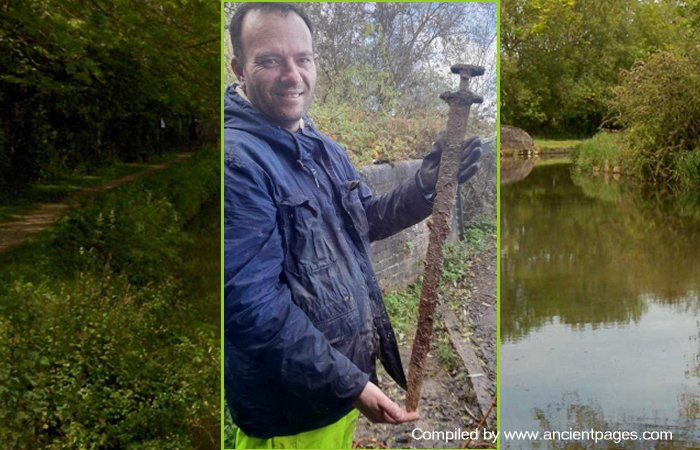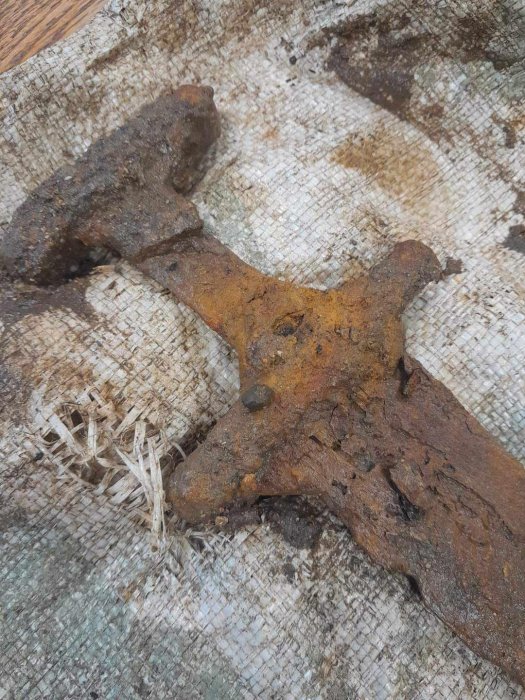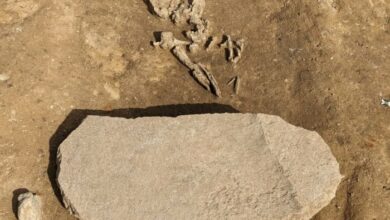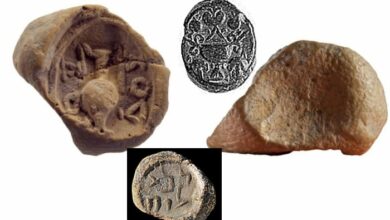Fisherman Pulls A Viking Sword From The River Cherwell, Oxford, UK

Jan Bartek – AncientPages.com – Trevor Penny, an amateur fisherman from Oxfordshire, UK, had quite the surprise when he pulled up a rusty metal object from the River Cherwell using a magnet. He recognized it as an old sword, but its true importance was beyond his understanding at that moment.
Trevor Penny found a 1,200-year-old Viking sword in the River Cherwell. Credit: Trevor Penny
As soon as Penny arrived home, he did not waste any time and promptly contacted the liaison officer.
Credit: Trevor Penny
“The officer said it was archeologically rare to find whole swords and treasure of historical importance still intact. It was a proud moment to find it,” Penny told The Oxfordshire.
Penny also added that there were some problems with the find. “There was a little dispute with the landowner and the Rivers Trust, who don’t permit magnet fishing. The latter sent a legal document saying they wouldn’t take action on the condition the sword was passed to a museum, which I had done,” he said.
Credit: Trevor Penny
Now that the artifact has been verified as a Viking sword, Oxford Museum Services will preserve it. The artifact will either remain in Witney or be exhibited in a museum for public viewing.
The finding is of great archaeological and historical value. Swords held a significant place in Viking culture. However, their production was intricate and required substantial labor, rendering them rare and expensive. As a result, they were not commonly available or widespread. Predominantly, these swords were used by individuals of elevated status and rank, including kings and elite Vikings.
River Cherwell. Credit: Stemonitis – CC BY-SA 3.0
A Viking sword served as a lethal weapon and an emblem of authority. It was considered a masculine ornament, often attributed with ‘mystical qualities’. The naming convention for these swords was deeply rooted in their heritage. These swords were bestowed with names and traditionally inherited from father to son over several generations.
See also: More Archaeology News
On occasion, Vikings wore ornamental swords that were essentially worthless in warfare. Researchers suggest that these aesthetically pleasing Viking swords evolved into emblems of authority and prestige, rarely seeing any use as they were not crafted with combat in mind. As the societal significance of swords shifted among the Vikings, these so-called ‘weapons’ were only decorative clothing accessories.
But Penny stumbled upon a genuine Viking sword, a relic that once belonged to a warrior who battled on English grounds.
Written by Jan Bartek – AncientPages.com Staff Writer








